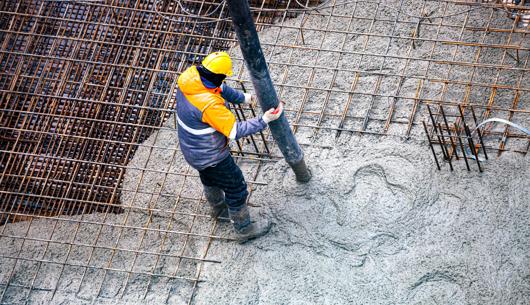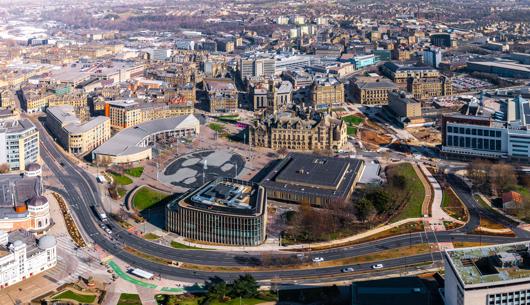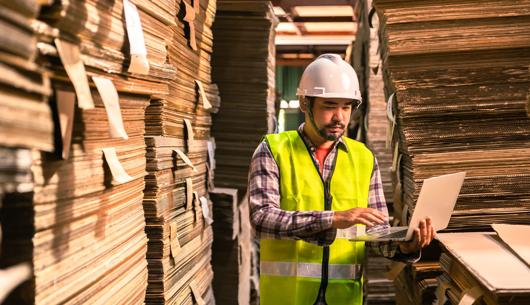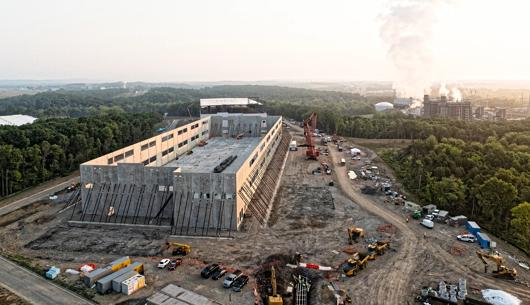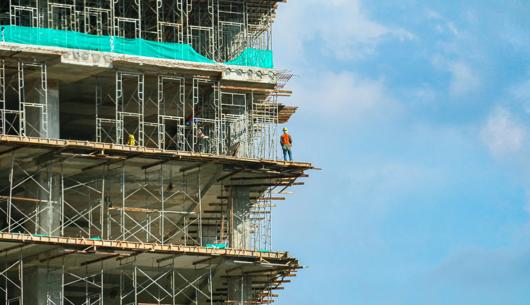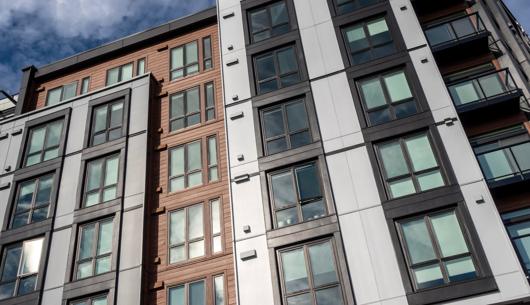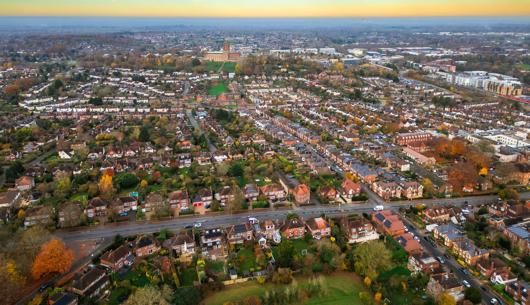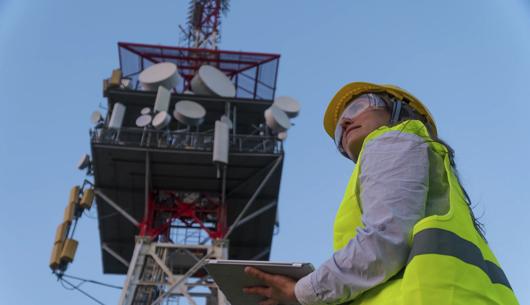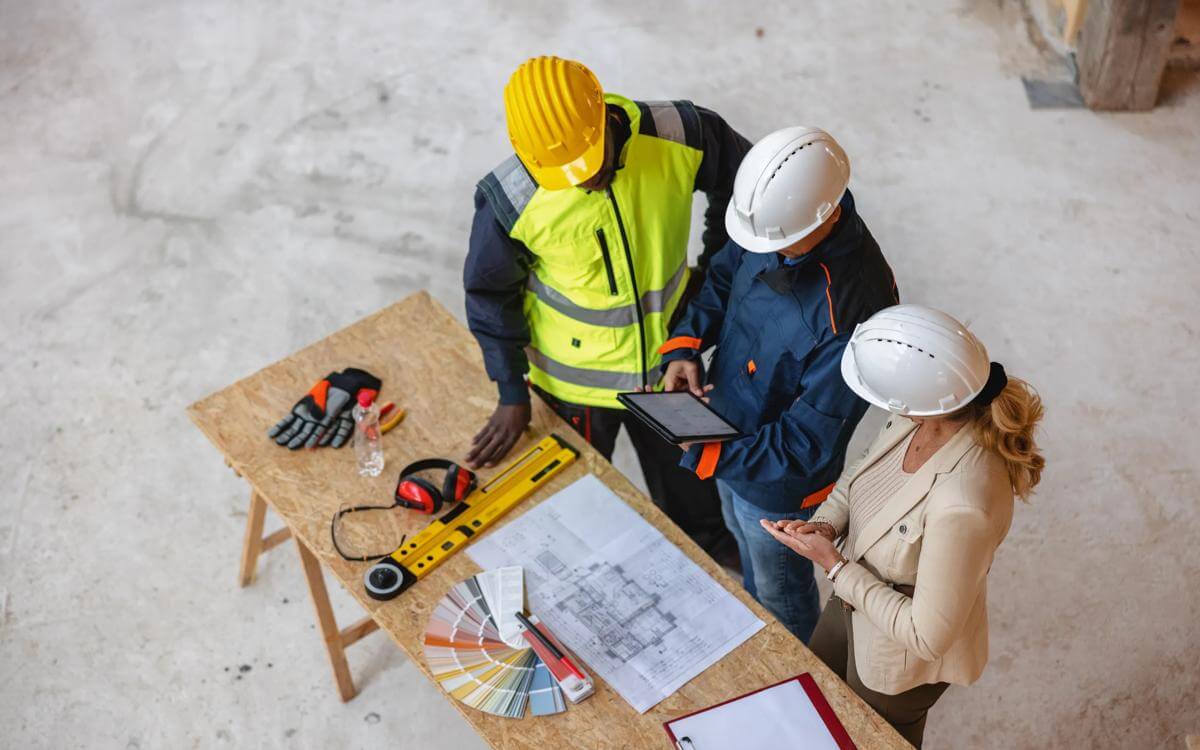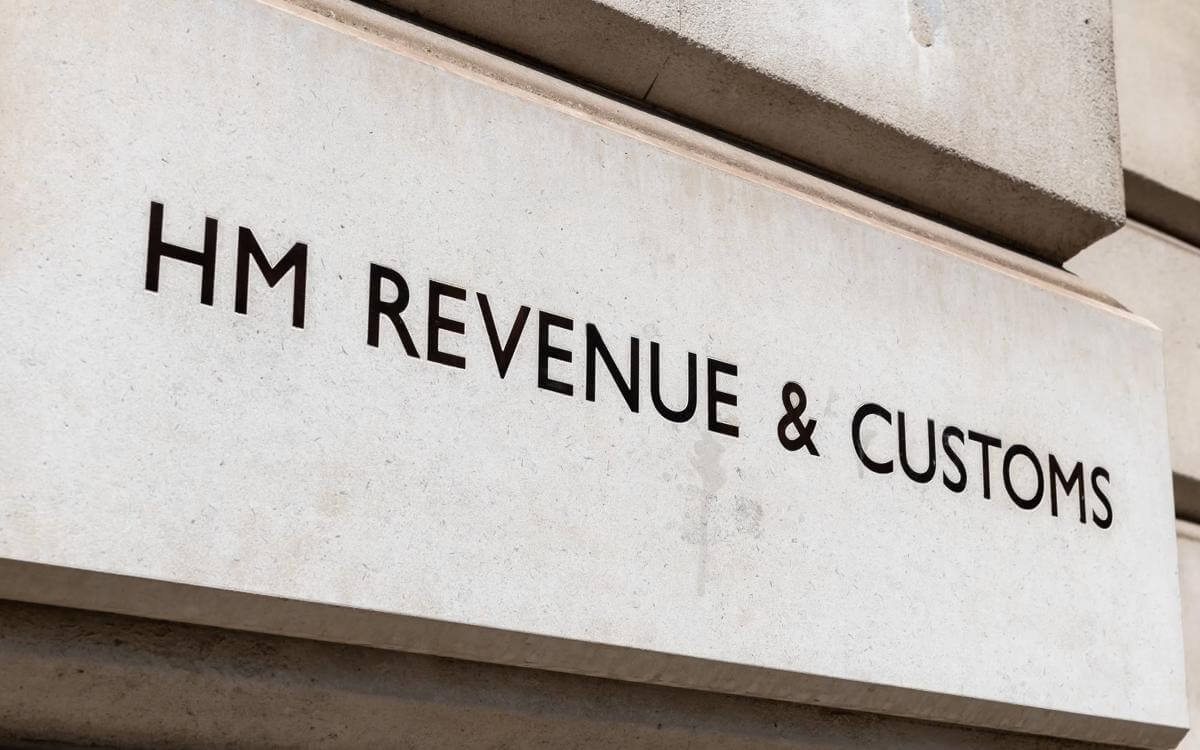This article was first published by New Civil Engineer on 20 January 2023.
Eight new English freeport locations were announced by the government in the March 2021 budget. A further two green freeports are planned for Scotland and at least one freeport will be established in Wales. But what exactly are freeports, what benefits do they bring, and why are they regarded as playing a key role in the government’s levelling up agenda?
Broadly speaking, freeports are designated areas where a range of economic incentives are available encompassing tax reliefs, customs, business rates retention, planning, regeneration and trade and investment support.
Each new freeport is also receiving £25m in government funding to be utilised for investment projects with an expected focus being primarily on land assembly, site remediation, and small-scale transport infrastructure to connect sites within the freeport.
Tax sites
Each freeport is permitted a maximum of three tax sites - designated areas of land which benefit from favourable tax treatment. A tax site allows for a range of tax incentives for eligible businesses that occupy space on the site, including:
- up to 100% relief from Stamp Duty Land Tax;
- relief from Employer National Insurance Contributions for new employees;
- enhanced capital allowances for purchases of plant and machinery;
- enhanced structures and buildings allowance; and
- up to 100% business rates relief for a period of five years.
There are qualifying criteria which must be met for each of the above to be claimed which, broadly speaking, seek to ensure that only activities genuinely attributable to the freeport receive benefits. Additional tests may apply at a local level to rates relief to discourage the displacement of business activity from the area surrounding the freeport.
Customs sites
Each freeport is required to have at least one customs site in order to be considered operational. Businesses operating within customs sites may benefit from simplified customs processes and can defer paying tariffs while imported goods remain on site. If the imported goods are utilised to manufacture a new product before exportation, e.g., adding value, if certain conditions are met then relief from import duties is available.
Business rates retention
Similar to the approach taken with Enterprise Zones, the authority areas in which the freeport tax sites are located can retain the business rates growth for that area above an agreed baseline. The government is guaranteeing this position for 25 years and it is hoped this will provide certainty for councils to borrow to invest in regeneration and infrastructure.
Planning
Promotion of the freeports programme often points to a relaxation of the planning regime to incentivise development within the freeport area. However, whilst the government is encouraging freeport’s to provide a supportive planning environment for the development of tax and customs sites, the range of measures so far implemented to assist freeports in this area is limited.
Freeports do benefit from extended permitted development rights, which were amended to bring maritime ports in line with those in existence for rail and airports. These rights attach to operational land - port operators and their agents may erect buildings intended to be used in connection with the operation of port facilities and services. However, as with other permitted development rights, they are limited in terms of size and proposed use and will not remove potential planning issues associated with bigger projects.
Through the freeport bidding process the government has encouraged local planning authorities to consider whether implementing a Local Development Order would be appropriate for their freeport location. The Secretary of State also has the option of establishing a Development Consent Order (DCO) which could apply to a freeport area. Under such orders, automatic consent is granted for relevant developments, reducing risk for developers, and speeding up the process to achieve desired outcomes. The decision to implement an Local Development Order is taken locally, so the position with each individual freeport is likely to differ. There may also be circumstances where implementing an Local Development Order will involve more than one local planning authority, in which case a DCO could be more appropriate.
Whilst these measures are not mutually exclusive to freeports, taken alongside other freeport specific benefits, the range of incentives to undertake development within a designated freeport look quite attractive.
The government is currently considering wider planning reform, some of which may impact freeport developments, in particular, a review of the National Policy Statement for Ports is being considered. And their response to the consultation on freeports highlights the need to design a quicker, simpler framework for assessing environmental impacts to speed up the planning process while delivering better environmental outcomes.
How will freeports benefit us in 2023?
The potential for freeports to act as a catalyst for growth and innovation is certainly there, but the proposed benefits are not without issue. For example, tax site benefits and the utilisation of retained business rates will potentially have to overcome the challenges posed by the subsidy control regime if they are to be properly implemented and truly effective. While positives such as job creation and the effect of initial capital investment may be felt in the immediate future, their success is likely to be judged over a period of many years.



